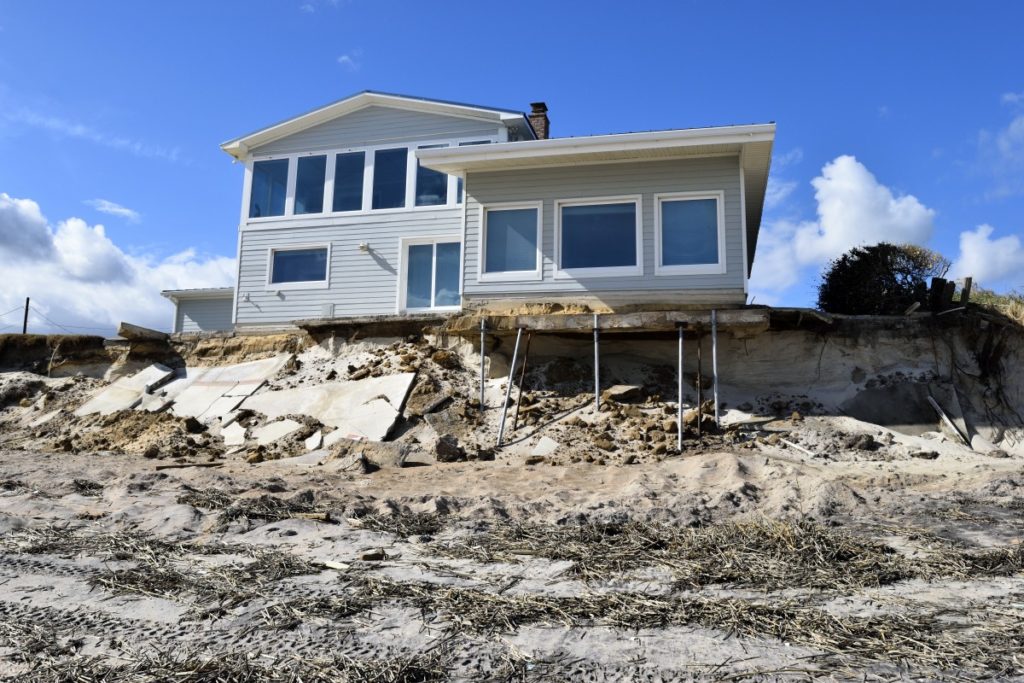From hiking and camping to rock climbing, there is a long list of outdoor recreation activities that thousands of people engage in every year. Some people turn to the outdoors and engage in various activities for the challenge, exercise, and pure enjoyment, while others look at it as training for various sports. Regardless of how people approach it and what their purposes are, there are many popular outdoor activities that people partake in.
Despite the fact that people really love the outdoors, it’s easy to forget about soil issues. Activities end up being less fun when the land itself is eroding, which means that taking action and employing erosion control ideas is a subject that deserves more attention. Companies such as Granite Seed have made efforts for more than three decades to provide erosion control products for restoration, reclamation, pasture, and range.
What Is Erosion and What Causes It?
Simply put, erosion is what happens when the surface of the earth wears down. All surface materials, from soil to gravel to sand and rocks, are susceptible to be carried off by various natural elements. Erosion can also happen from human activity. It might be simply walking on the surface to moving large amounts for the purposes of construction.
The process of erosion is gradual and, in most cases, occurs as a result of water which overflows onto land. As a result of this, the soil becomes oversaturated, which makes the soil flow down with the water, with the end result being big chunks of soil in the water sources and a lack of nutrient-rich soil. Symptoms of erosion can be spotted by checking for exposed roots, pooling of mud, or ruts that lead downhill.
Erosion Control Ideas
Various types of grass are considered by some to be able to fight erosion. These grasses include mondo blue fescue which is a low-maintenance type that grows fast and is able to thrive both in the full sun as well as in the shade. Ground covers and shrubs are also ways to prevent traffic in an area (which is a contributor to erosion).
When it comes to hillsides, they can be made more stable with plants. Planting is able to stop almost all hillside movement and erosion. Ideally, planting should be varied, as it is more effective compared to a monoculture. This means that a mix of shrubs, trees, groundcovers, and perennials is necessary. Usually, the bigger a plant is, the deeper its roots are (with some exceptions). Getting the plants established can be difficult in some cases, however, due to the fact that they can wash away with ease. A solution is to use plant plugs or small plants that don’t require deep holes that might disturb the soil.
A layer of mulch is also able to stabilize the soil. However, this is not a long-term solution. Another method that people have used to prevent erosion is by stair-stepping slopes with walls. By leveling out the field, plantation was possible. Instead of running off, the water remained stabled and was allowed to get absorbed by the soil.
The Impact of Erosion
When it comes to negative effects, erosion can impact the environment in a major way, affecting not only the soil itself but also having an effect on air and water. With the soil washing away into a nearby river, it can alter the course of the river, and the topsoil from agricultural operation (which is rich in fertilizers that are nitrogen-based) can end supporting algae blooms when combined with other nutrients. The increase in algae population ends up reducing the oxygen content within the water which leads to the death of fish in the area.
Of course, erosion also reduces the amount of earth that is available for roots to take hold of, which means that erosion has an impact on an agricultural level due to the fact that plants end up being malnourished and vulnerable. The topsoil, which is rich in nutrients, is the first thing to get affected, which makes it difficult for plants to survive.
Natural soil erosion has some beneficial roles in the environment. However, it can also have a negative impact. The process can occur slowly and be virtually unnoticeable or can take place at a fast pace. Salinization, soil acidity problems, poor internal drainage, and low organic matter are also among the issues that could accelerate the process.



